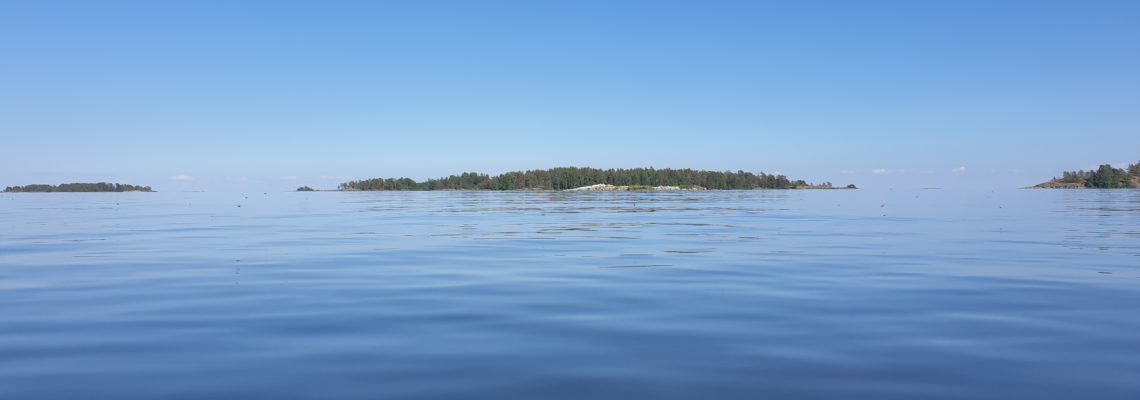Tösse archipelago comprises about 30 islands and is thus Vänerns largest archipelago in Dalsland. The nature is varied with calcareous cobs and wooded islands, some with pine forest and others with mainly deciduous trees. Particularly common are alder and birch forests.
Bird life
The bird life on the islands is rich. Herons and ospreys are often seen stocking up, and in the bays there is mallard, woodpecker, great crested grebe and great bustard. If you are lucky, you can see the kestrel chasing dragonflies over the reeds at dusk. Out on the islands there are white bird colonies with gray squirrel and gull. Ospreys and ospreys also nest in the area. On the larger islands there are typical coniferous forest species such as capercaillie, ring dove, crow and woodpecker.
Experiences from the water
To be able to experience the entire Tösse archipelago, access to a boat, canoe, kayak or paddleboardIn two places there are remains of ancient castles and there are plenty of Bronze Age tombs. The best preserved is Helga Gråkullas castle on Skällmansberget. From Risviken's bathing area, a path leads to the castle.
When visiting the Tösse archipelago, it is important to remember that it is a nature reserve and it is forbidden to:
- start fires other than in specially prepared fire places,
- climb nesting trees or stay closer to a bird's nest, den, pot or equivalent than 50 metres,
- bring dog without a leash
- use radio, gramophone, tape recorder or the like in a disruptive manner,
moor or anchor a boat or houseboat for longer than 2 days in the same place, other than at the jetty, - drive a motorized vehicle on the islands.

